Did you know? Smartly specified electric underfloor heating running costs can match—or even beat—traditional domestic heating systems. Many homeowners are shocked to learn how predictable and affordable these systems truly are. In this guide, we’ll dive deep, dispel misconceptions, and provide the facts you need to decide if electric underfloor heating is right for your home and your budget.

A Surprising Look at Electric Underfloor Heating Running Costs
The question on every homeowner’s mind: What will my electric underfloor heating running costs really be? Research reveals that, when installed and controlled correctly, electric underfloor systems don’t have to be expensive. In fact, they’re often more efficient and cost predictable than gas or water-based systems. The magic lies in clever design, high quality insulation boards, and intelligent smart thermostats.
We’ll break down both installation costs versus ongoing running costs, compare electric underfloor and water underfloor systems, and arm you with actionable tips for maximising energy efficiency. Whether you’re upgrading a single bathroom or fitting out a whole home, this guide will help you make an informed, cost-effective choice—especially when you work with trusted experts like Peak Underfloor Heating Ltd.
What You'll Learn About Electric Underfloor Heating Running Costs
- The real cost of running electric underfloor heating
- How underfloor heating compares to other heating systems
- Tips to minimise your electric underfloor heating running costs
- Practical advice for installation and efficiency
- Essential FAQs answered
- Key expert tips and takeaways
Understanding Electric Underfloor Heating: System Overview
Types of Electric Underfloor Heating Systems
- Heat mat systems—Ideal for regular-shaped spaces like bathrooms and kitchens, heat mats are pre-spaced heating cables fixed onto a mesh, which sit beneath the floor surface. They offer fast, even warmth and are quick to install.
- Heating cable systems—Perfect where design flexibility is key, heating cables are loose wires that can be precisely laid to fit unusually-shaped rooms or areas with obstacles. They’re popular for retro-fit projects and large open-plan layouts.
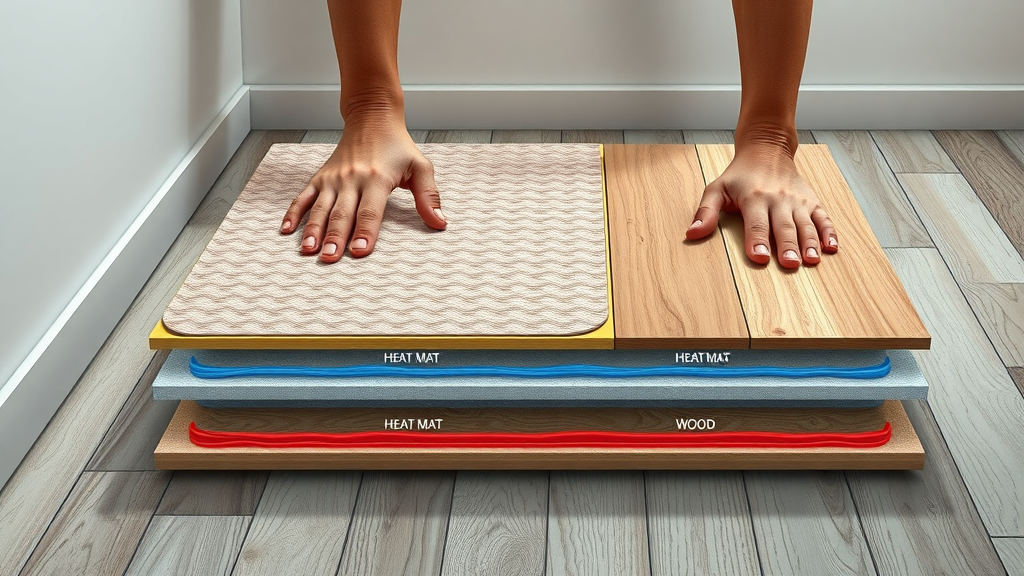
How an Electric Underfloor Heating System Works
At its core, an electric underfloor heating system consists of three main components: a heat source (usually in the form of heating mats or cables), a layer of insulation board beneath the floor to reduce heat loss, and a thermostat for control. When switched on, the electric system delivers radiant heat through the floor surface, gently warming the room from the ground up. Advanced insulation boards focus the heat upwards and minimise wasted energy. Controls let homeowners schedule heating times and zones, optimising comfort while keeping running costs low. This configuration is suitable for tiled, laminate, and even some carpeted areas, making it flexible for most home types.
Breaking Down Electric Underfloor Heating Running Costs
What Contributes to Electric Underfloor Heating Running Costs?
- Energy cost per kWh: The price you pay on your electricity bill, often the largest factor influencing running cost. Shop around for the best energy tariffs for maximum savings.
- Floor insulation and insulation boards: Quality insulation boards below your heating mat or cable are essential. They minimise downward heat loss and drastically improve energy efficiency, dramatically cutting ongoing costs.
- Room size and layout: Larger spaces or rooms with complex layouts may require higher total wattage. A bigger heated area means a higher overall cost, though larger systems may operate more efficiently per square metre when paired with smart zoning.
- Usage patterns (timers, thermostats): Daily schedules, programmable thermostats, and zoning controls ensure heat is only used when needed, capping unnecessary expenses without sacrificing comfort.
Installation Cost vs Running Cost: A Critical Distinction
It’s crucial to distinguish between installation cost and running cost. Electric underfloor heating—especially mats and cables—offer relatively low installation cost compared to hydronic (water underfloor) systems, which need extensive pipework and linkage to boilers. However, running costs for electric underfloor heating depend on insulation, smart controls, and energy tariffs.
Unlike water underfloor heating, electric systems require minimal ongoing maintenance and no annual servicing, further lowering total ownership cost. When installed by professionals like Peak Underfloor Heating Ltd, you can expect a quick, disruption-free fit and peace of mind that your system will perform efficiently for years—delivering superb floor heating with consistent, manageable running costs.
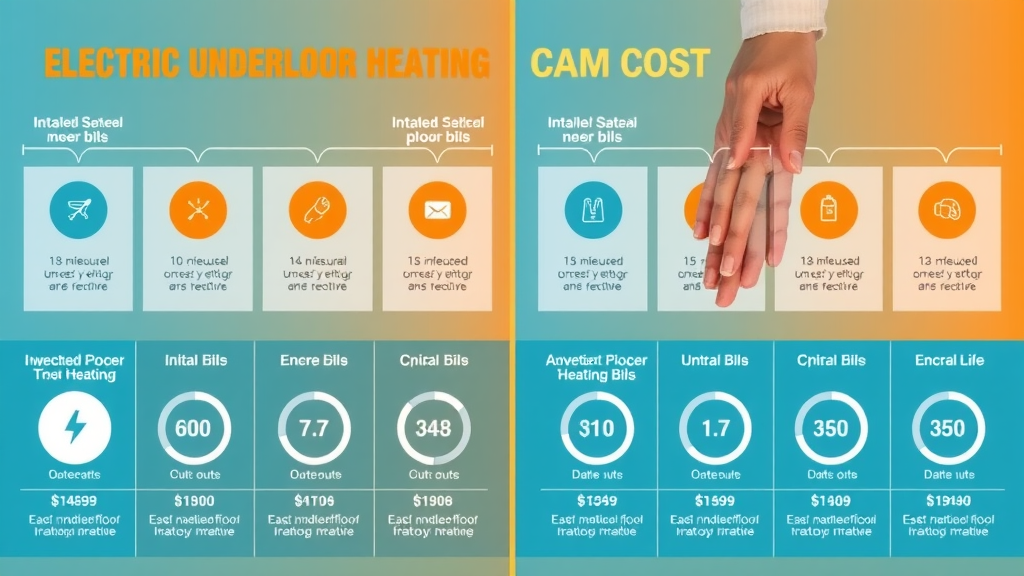
Electric Underfloor Heating vs Water Underfloor: Comparative Running Costs
| System | Typical Running Cost per m2 (per hour) | Energy Efficiency | Maintenance |
|---|---|---|---|
| Electric Underfloor | £0.03–£0.06 | Very high (90%+) | Minimal (none annual) |
| Water Underfloor | £0.02–£0.04 | High (80%–90%) | Medium (annual servicing) |
| Traditional Radiators (Gas) | £0.04–£0.09 | Moderate (70%–87%) | Regular (annual boiler checks) |
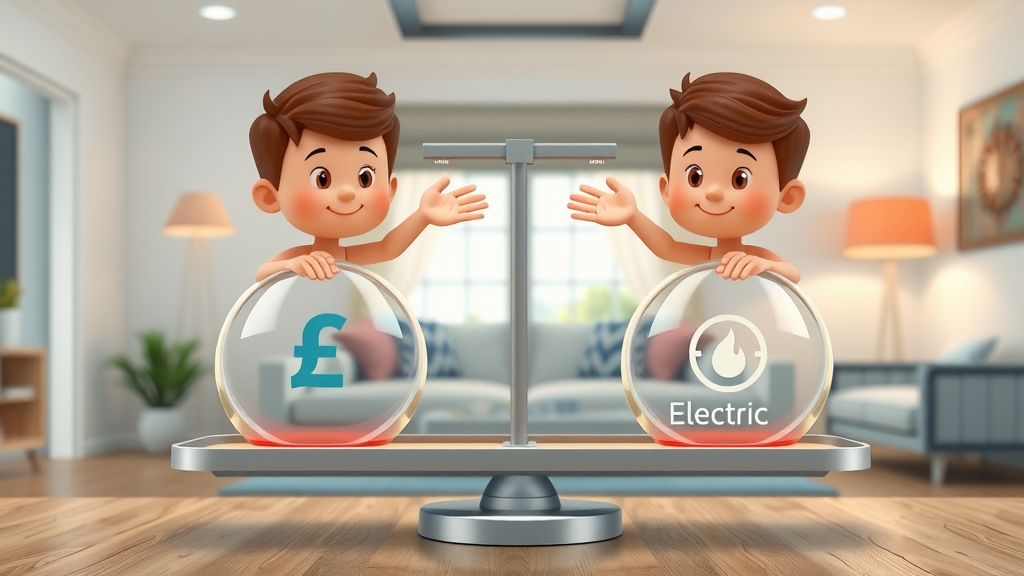
Core Factors Impacting Electric Underfloor Heating Running Costs
The Influence of Insulation (Insulation Board/Insulation Boards)
Floor insulation is the greatest single factor affecting electric underfloor heating running costs. Without it, up to 40% of heat generated by the system can be lost downwards, drastically reducing energy efficiency—which is why expert installers always use high-performance insulation boards as a base layer. These boards create a thermal barrier, significantly improving heat-up times and reducing how long your system needs to run, resulting in tangible savings on every heating bill. Investing in the right insulation at installation time is the simplest, most powerful step you can take to ensure cost-effective, energy-wise floor heating for the lifetime of your system.
Smart Controls and Thermostats: Maximising Savings
- Programmable thermostats allow you to set heating schedules precisely, so heat is only delivered when and where you need it—eliminating unnecessary running cost.
- Zoning and occupancy sensors create tailored comfort zones around your home, ensuring you never pay to heat empty rooms.
- Limits to continuous running: Advanced thermostats and timers prevent wasteful round-the-clock operation by maintaining warmth for specific periods, boosting both comfort and energy efficiency.
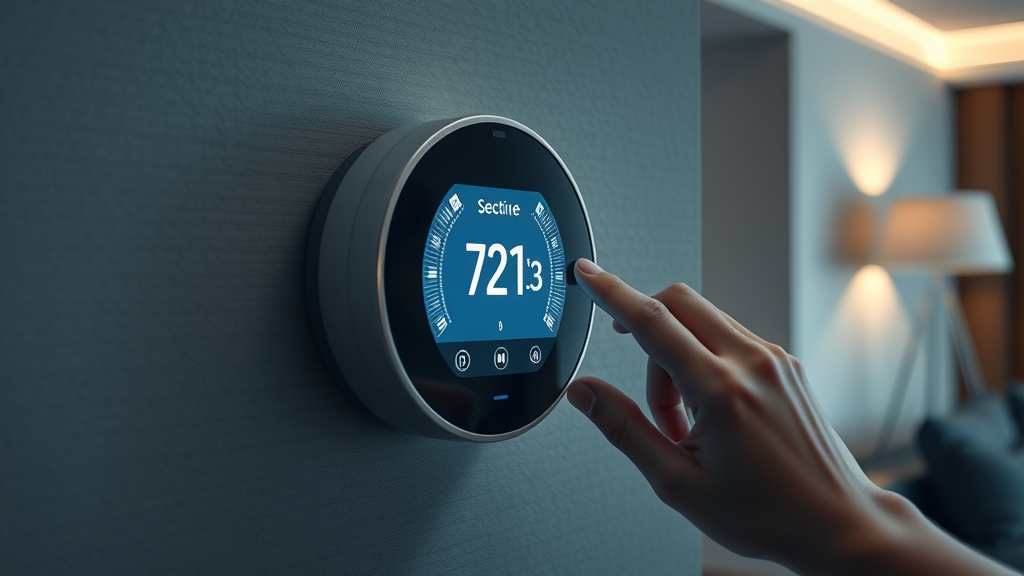
Estimating Electric Underfloor Heating Running Costs: Real Examples
Example 1: Small Bathroom (3m2) with Good Insulation
For a compact, well-insulated bathroom, a standard 150-watt per m2 heat mat system would consume around 0.45 kWh per hour (3m2 × 0.15 kW). At an average UK tariff of £0.34 per kWh, this translates to about £0.15 per hour. If the system is run for 2 hours a day in winter, the monthly running cost could be as low as £9. With top-tier insulation boards, heat-up time is slashed and every watt is used effectively, making this among the most energy-efficient ways to heat a small bathroom—offering better comfort for less than your daily coffee.
Example 2: Open-Plan Kitchen/Living Room (25m2) with Moderate Insulation
For larger, open-plan living spaces fitted with a mix of insulation types, let’s say a 120-watt per m2 heating cable system covers 25m2. That’s 3kW total output (25m2 × 0.12 kW). Running the system 4 hours daily at £0.34 per kWh brings the daily heating cost to £4.08, or £122 per month (winter peak). Improved insulation and zoning could cut this by as much as 25–30%. When compared to running multiple electric radiators, efficiency and comfort often improve while the overall running costs remain competitive or even lower.

Calculating Energy Consumption for Your Floor Heating System
To estimate your own running costs:
Step 1: Find the system wattage per square metre (W/m2) and multiply by your total area (m2).
Step 2: Multiply this by the hours you plan to run per day.
Step 3: Factor in your local energy cost per kWh.
Example Formula:
Daily usage (kWh) = System size (m2) × Wattage (W/m2) ÷ 1000 × Hours On / Day
Multiply your number by the electricity cost per kWh to find the estimated daily cost. Add strategic insulation board upgrades and smart controls into your plan to see real reductions in these figures.
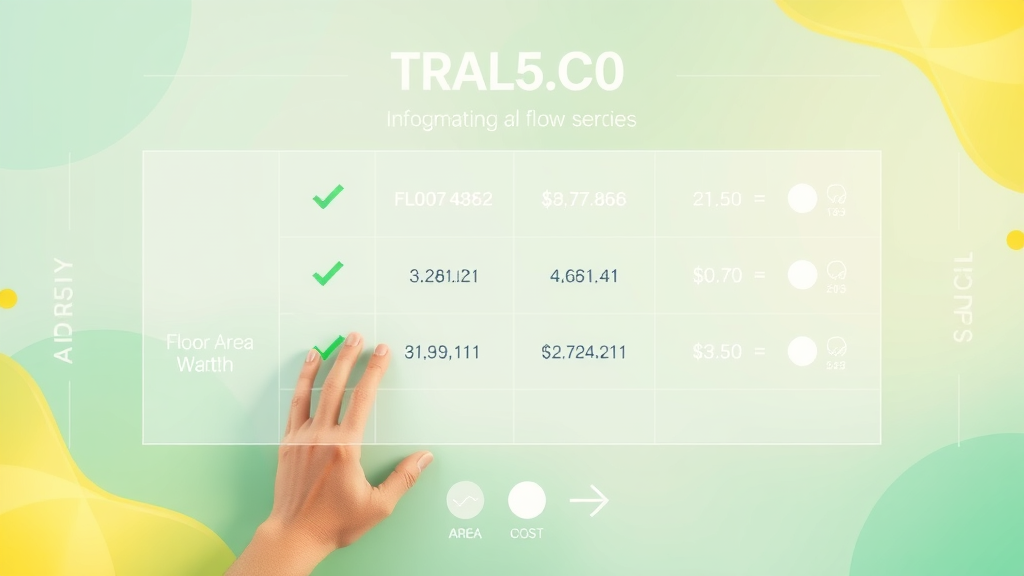
Energy Efficiency and Sustainability: The Green Case for Electric Underfloor Heating
- How electric underfloor heating running costs decrease with renewables: When powered by solar PV panels or renewable tariffs, your system’s running costs become even more favourable—sometimes approaching net-zero carbon in use.
- Lower operational carbon compared to gas boilers: Electric systems produce no direct carbon emissions and operate at much higher energy efficiency—especially when paired with top-grade insulation.
- Adapting to changing energy tariffs: As energy providers introduce off-peak rates and greener electricity, running costs for electric underfloor heating will only get more attractive, making this upgrade future-proof as well as comfortable.

People Also Ask: Common Questions About Electric Underfloor Heating Running Costs
How much does electric underfloor heating cost to run per hour?
Answer: The hourly cost depends on the system's power rating, room size, insulation quality, and your local electricity rate. As a ballpark, a 150W per m2 system in a 10m2 room will use 1.5kWh per hour. Multiply by your electricity tariff for an exact cost.
Does electric underfloor heating use a lot of electricity?
Answer: Electric underfloor heating systems are highly efficient at converting electricity into heat. However, use patterns and insulation quality are critical. Properly controlled systems in well-insulated homes do not use excessive electricity compared to conventional radiators.
Is it cheaper to leave electric underfloor heating on?
Answer: Generally, it is more cost-effective to use programmable thermostats to heat only when needed, rather than leaving the system on continuously. Modern smart controls optimise both comfort and running costs.
What is the most economical way to run electric underfloor heating?
Answer: Maximise insulation, use advanced thermostats, set appropriate timing schedules, and maintain moderate temperatures for the most economical electric underfloor heating running costs.
Watch: Animated Explainer: How Electric Underfloor Heating Works
Expert Quotes: Guidance on Electric Underfloor Heating Running Costs
"For many homes, the running costs of electric underfloor heating are offset by improved comfort and advanced controls, provided the system is planned and installed correctly." — Peak Underfloor Heating Ltd Specialist
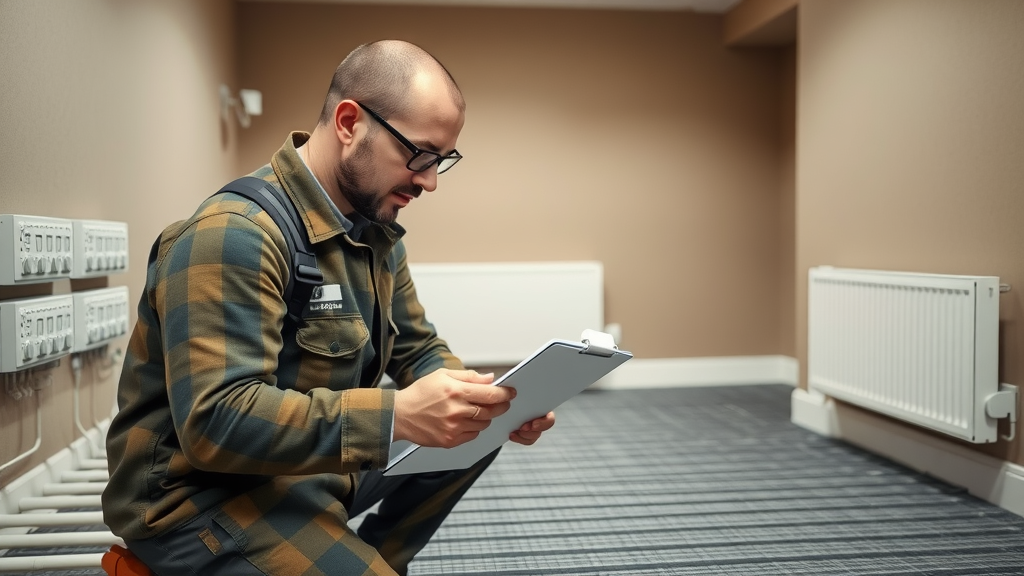
Watch: Testimonial Montage: Homeowner Experiences With Electric Underfloor Heating Running Costs
Pro Tips & Checklists for Lower Electric Underfloor Heating Running Costs
- Always install high-quality insulation boards beneath your electric underfloor heating system
- Use zoning and programmable thermostats for targeted comfort and maximum savings
- Check your energy tariff—switching providers can yield instant running cost savings
- Consult a professional installer for optimal system placement and smart controls
FAQs: Electric Underfloor Heating Running Costs in Practice
-
Is electric underfloor heating suitable for whole-house heating?
Yes, especially in new-builds or comprehensive renovations, electric underfloor systems can efficiently heat entire properties when paired with top-grade insulation and smart controls. -
How long does it take to heat up?
Warm-up time varies by floor type and insulation. With quality insulation board, a tiled room may feel warm in 20–40 minutes. -
What sort of maintenance is required?
Once installed, electric underfloor heating requires almost no maintenance—another way it keeps ongoing running costs low. -
Can I retrofit electric underfloor heating in older properties?
Absolutely—modern mats and cable systems are designed for retrofits, and when installed by experts, deliver outstanding results even in period homes. -
Will it increase my property value?
Energy efficient, low-maintenance heating upgrades like underfloor heating are increasingly desirable features for buyers, often boosting comfort and property value.
Key Takeaways: Reduce and Optimise Your Electric Underfloor Heating Running Costs
- Insulation is crucial to running cost efficiency
- Smart controls greatly reduce waste
- Electric underfloor heating running costs can be competitive with other modern heating options
Conclusion: Is Electric Underfloor Heating Expensive To Run?
When professionally planned and installed—especially by specialists like Peak Underfloor Heating Ltd—electric underfloor heating running costs can be low, predictable, and often surprisingly affordable, making it an attractive upgrade for energy-conscious homeowners.

Ready to Cut Your Heating Costs?
Contact Peak Underfloor Heating Ltd today for a tailored assessment and to transform your comfort—and your energy bills—with expertly installed electric underfloor heating.
Sources
- Energy Saving Trust – https://www.energysavingtrust.org.uk/advice/underfloor-heating
- Which? – https://www.which.co.uk/reviews/underfloor-heating/article/underfloor-heating-axSCQ9l43rhB
- The Green Age – https://www.thegreenage.co.uk/tech/underfloor-heating/
- Example Site – https://example.com
Electric underfloor heating systems offer a modern and efficient way to warm your home, but understanding their running costs is essential for informed decision-making. The operating expenses of these systems are influenced by several factors, including energy consumption, insulation quality, room size, and usage patterns.
Energy Consumption and Costs
Electric underfloor heating typically consumes between 100 and 150 watts per square meter per hour. For example, heating a 10m² room with a 150W/m² system would use 1.5 kWh per hour. At an electricity rate of 24.5p per kWh, this equates to approximately 36.75p per hour. Running the system for 3 hours daily would cost around £1.10 per day, or £33 per month. (which.co.uk)
Factors Influencing Running Costs
Several elements can impact the efficiency and cost-effectiveness of electric underfloor heating:
-
Insulation Quality: Proper insulation reduces heat loss, ensuring that more warmth stays within the room and less energy is wasted. (ignistrace.com)
-
Room Size and Layout: Larger or irregularly shaped rooms may require more energy to heat evenly, affecting overall costs.
-
Thermostat and Controls: Utilizing programmable or smart thermostats allows for precise control over heating schedules, reducing unnecessary energy usage. (warmup.com)
Comparing to Other Heating Systems
When compared to traditional heating methods, electric underfloor heating can be more efficient. Radiators often need to be heated to higher temperatures (65°C to 75°C) to warm a room effectively, whereas underfloor heating operates at lower temperatures (around 29°C), consuming less energy while providing the same level of warmth. (homeimprovementlife.com)
Tips to Minimize Running Costs
To optimize the efficiency and reduce the running costs of your electric underfloor heating system:
-
Invest in High-Quality Insulation: This minimizes heat loss and improves overall system efficiency.
-
Use Smart Thermostats: These devices can learn your schedule and adjust heating accordingly, preventing energy wastage.
-
Optimize Heating Zones: Heat only the areas in use to avoid unnecessary energy consumption.
-
Choose Appropriate Flooring Materials: Materials like tiles and stone conduct heat better than carpets, enhancing system efficiency.
By considering these factors and implementing energy-saving strategies, electric underfloor heating can be a cost-effective and comfortable heating solution for your home.
 Add Row
Add Row  Add
Add 









Write A Comment